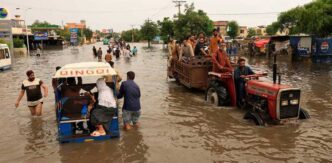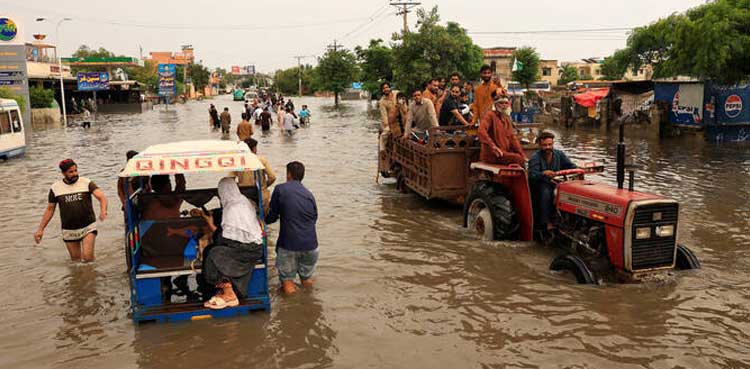Health officials have raised alarm over a sharp rise in waterborne and vector-borne diseases in Punjab’s flood-affected districts, where stagnant floodwaters are creating ideal breeding grounds for mosquitoes and spreading contamination.
📍 Affected Districts
Kasur, Okara, Pakpattan, Bahawalnagar, Vehari, Lodhran, Bahawalpur
Displaced families living in relief camps and makeshift shelters are most at risk.
🦟 Disease Outbreaks Reported
Dengue & Malaria: Surge in cases due to widespread mosquito breeding in stagnant water.
Diarrhea, Gastroenteritis & Skin Infections: Reported among children and elderly due to contaminated drinking water.
Respiratory Illnesses: Rising due to damp living conditions in temporary shelters.
🏥 Government & Relief Response
Health teams from Punjab Health Department and Rescue 1122 deployed in affected districts.
Medical camps set up in relief shelters with provision of medicines, mosquito nets, and clean water.
NDMA and PDMA coordinating with local administrations for spraying anti-mosquito chemicals.
⚠️ Challenges
Many rural health centers remain inaccessible due to floodwaters.
Shortage of clean drinking water and sanitation facilities worsening disease spread.
Thousands of families still displaced with limited access to healthcare.
📢 Officials’ Warning
Health experts warn that without urgent intervention, the post-flood health crisis could spiral, causing more deaths from disease than from flooding itself.







